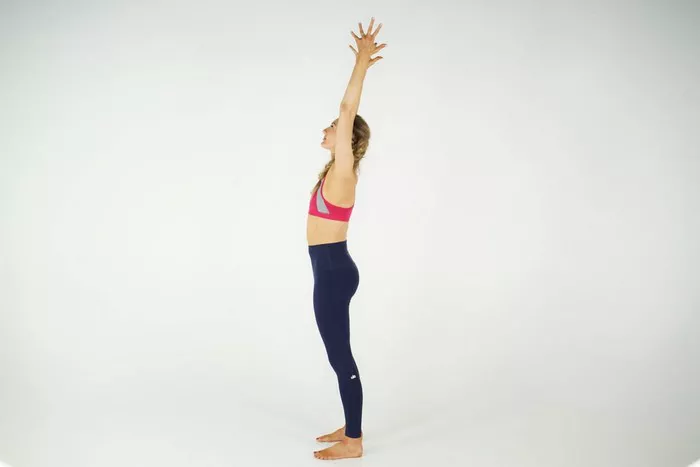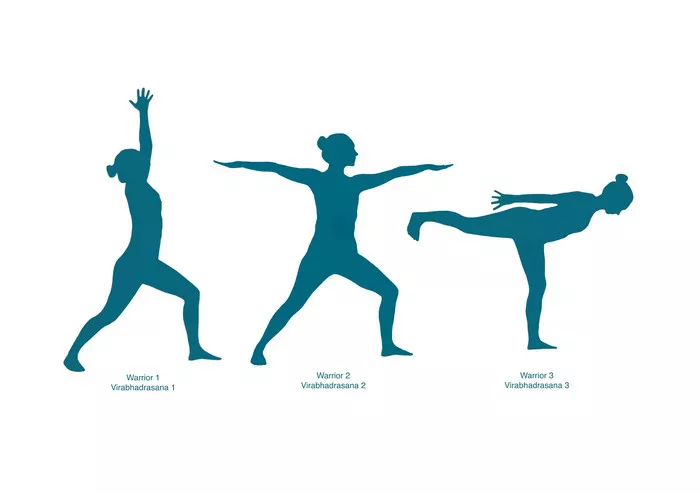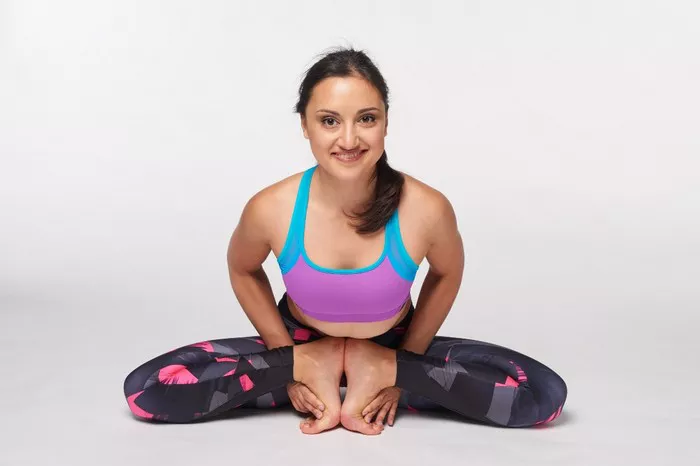Yoga therapy is an evolving field that bridges the gap between traditional yoga practice and modern healthcare. It utilizes the principles and techniques of yoga to address specific physical, emotional, and psychological health conditions. Unlike a general yoga class aimed at overall well-being, yoga therapy is a tailored, goal-oriented process that involves assessment, personalized practice, and evaluation. By integrating breath control, physical postures, meditation, and lifestyle modifications, yoga therapy offers a holistic approach to health and healing.
The Origins and Evolution of Yoga Therapy
Yoga therapy has its roots in ancient Indian traditions, where yoga was viewed not only as a spiritual discipline but also as a system for healing. Over the past few decades, the scientific community has begun to validate the therapeutic effects of yoga. Influential figures such as T. Krishnamacharya, B.K.S. Iyengar, and T.K.V. Desikachar played key roles in adapting traditional yoga to address specific health concerns. Today, yoga therapy continues to evolve, drawing from both classical yoga and contemporary medical knowledge.
What Is Yoga Therapy
Yoga therapy can be defined as the application of yogic practices to improve physical and mental health, based on the client’s individual needs. A certified yoga therapist assesses the client’s health condition, lifestyle, and goals, and then designs a personalized yoga practice. This may include asanas (postures), pranayama (breathing exercises), dhyana (meditation), and other yogic techniques. The ultimate aim is to reduce symptoms, manage illness, and improve quality of life.
Key Components of Yoga Therapy
1. Assessment
A comprehensive assessment is the first step in yoga therapy. The therapist evaluates the individual’s physical health, mental state, lifestyle habits, and personal goals. This step often includes reviewing medical reports, conducting physical assessments, and understanding the client’s emotional well-being.
2. Personalized Practice
Based on the assessment, a customized plan is created. Unlike group yoga classes, this plan is uniquely tailored to address the specific conditions of the individual. It evolves over time, depending on the client’s progress and feedback.
3. Yogic Techniques
- Asanas: Designed to improve flexibility, strength, and posture.
- Pranayama: Breathing exercises to enhance respiratory function and reduce stress.
- Meditation and Mindfulness: To promote emotional balance and mental clarity.
- Relaxation Techniques: Including Yoga Nidra and guided imagery.
4. Education and Lifestyle Guidance
Yoga therapy often includes lifestyle recommendations rooted in yogic philosophy. Clients may be guided on diet, daily routines, and stress management strategies to support overall healing.
Conditions Addressed by Yoga Therapy
1. Physical Conditions
- Musculoskeletal Disorders: Such as back pain, arthritis, and joint issues.
- Cardiovascular Diseases: Including hypertension and coronary artery disease.
- Respiratory Issues: Such as asthma and chronic obstructive pulmonary disease (COPD).
2. Mental Health Conditions
- Anxiety and Depression: Yoga therapy helps regulate the nervous system and improve emotional regulation.
- Post-Traumatic Stress Disorder (PTSD): Techniques like mindfulness and breath work are effective in trauma recovery.
- Insomnia: Relaxation techniques promote better sleep quality.
3. Chronic Illnesses
- Diabetes: Improved blood sugar control through physical activity and stress reduction.
- Cancer: Alleviation of treatment side effects and emotional support.
- Autoimmune Disorders: Such as multiple sclerosis and rheumatoid arthritis.
Benefits of Yoga Therapy
1. Physical Benefits
Yoga therapy enhances flexibility, improves strength, and aids in pain relief. It can increase energy levels, balance the endocrine system, and improve overall bodily function. Many clients experience reduced reliance on medication as their condition improves.
2. Mental and Emotional Benefits
By incorporating breathwork and meditation, yoga therapy significantly reduces stress and anxiety. It fosters a deeper sense of inner calm, emotional resilience, and self-awareness. Clients often report improvements in mood, concentration, and sleep.
3. Holistic Healing
Yoga therapy considers the individual as a whole—body, mind, and spirit. This integrative approach allows for deeper healing that often goes beyond the capabilities of conventional medicine. It supports the natural healing processes of the body while addressing emotional and psychological well-being.
How Yoga Therapy Differs from Regular Yoga
1. Individualized vs. General Practice
Unlike standard yoga classes, which cater to a group, yoga therapy is a one-on-one practice tailored to the client’s unique needs. This personalization makes it suitable for people with specific health challenges.
2. Therapeutic Intent
The primary goal of yoga therapy is healing, whereas general yoga often emphasizes fitness, flexibility, and relaxation. Therapeutic sessions are structured with a clear objective, whether it’s managing pain or improving mental health.
3. Integration with Healthcare
Yoga therapy often works in tandem with medical treatment. Therapists may collaborate with doctors, physical therapists, and mental health professionals to ensure a coordinated approach to care.
The Role of a Yoga Therapist
A yoga therapist is trained not only in yoga but also in anatomy, physiology, psychology, and pathology. Their role includes:
- Conducting assessments
- Designing personalized practice plans
- Educating clients on yoga principles
- Monitoring progress and making adjustments
- Collaborating with healthcare providers
They must adhere to ethical guidelines and maintain professional boundaries while fostering a compassionate and healing relationship with the client.
Training and Certification
To become a certified yoga therapist, one must complete foundational yoga teacher training (typically 200 hours), followed by specialized yoga therapy training (often 800+ hours). Certification bodies such as the International Association of Yoga Therapists (IAYT) ensure that practitioners meet rigorous standards. This education includes:
- Detailed study of human anatomy and physiology
- Understanding disease pathology
- Psychological principles
- Therapeutic applications of yoga techniques
- Clinical practicums under supervision
Scientific Evidence Supporting Yoga Therapy
Numerous peer-reviewed studies support the effectiveness of yoga therapy. Research has shown benefits for conditions like chronic pain, depression, anxiety, and cardiovascular disease. For instance, a study published in the Journal of Clinical Psychology demonstrated significant reductions in anxiety among participants undergoing yoga therapy. Another study in the Annals of Internal Medicine found that yoga was as effective as physical therapy for chronic low back pain.
Who Can Benefit from Yoga Therapy?
Yoga therapy is suitable for individuals across all age groups and health statuses. It can be particularly beneficial for:
- Seniors looking for gentle exercise and stress relief
- People with chronic illness or pain
- Individuals recovering from surgery or trauma
- Those managing mental health conditions
- Anyone seeking a holistic approach to wellness
It is important, however, to consult with both medical professionals and certified yoga therapists before starting any new therapeutic regimen.
Getting Started with Yoga Therapy
1. Finding a Certified Therapist
Look for therapists accredited by organizations like IAYT. Credentials, experience, and specialization areas should be evaluated.
2. Initial Consultation
The first session usually involves a detailed assessment. Be prepared to discuss your health history, lifestyle, and personal goals.
3. Commitment to Practice
Consistency is key. Yoga therapy requires regular practice and may include home-based exercises. The therapist will adjust the plan as you progress.
4. Integrating into Daily Life
Yoga therapy is not limited to sessions. Clients are encouraged to integrate techniques into their daily routines—be it mindful breathing during stress or posture awareness while sitting.
Conclusion
Yoga therapy is a powerful, evidence-based approach that blends ancient wisdom with modern science. It is personalized, holistic, and designed to foster deep, long-lasting healing. Whether dealing with physical illness, emotional distress, or simply seeking balance, yoga therapy offers a gentle yet profound path to wellness. As the healthcare community increasingly recognizes its benefits, yoga therapy continues to gain traction as a complementary and integrative form of treatment that can support individuals on their journey toward optimal health and well-being.





















